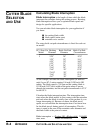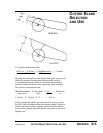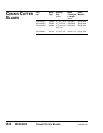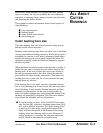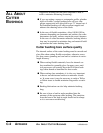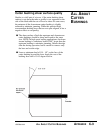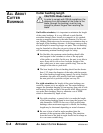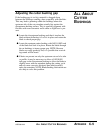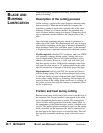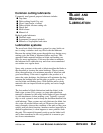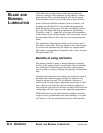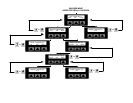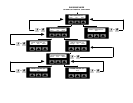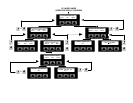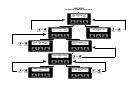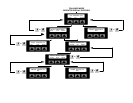
Blade and bushing lubrication can nearly always improve the
quality of cutting.
Description of the cutting process
Unlike sawing, a rotary knife cutter displaces material rather
than removing it. When the knife blade first contacts the
extrudate, it pushes it against the opposite side of the cutter
bushings. If there is too much clearance the extrudate may
crack or distort before cutting even begins. Tubing may devel-
op two distinctive marks related to the compression of the
tube.
Once the blade penetrates the part, material is displaced to
either side of the blade. This displacement will vary in degree
and visibility depending on the type of material, temperature,
blade thickness, blade style, and blade speed. As the material
is displaced, heat is generated and passed to the blade surface.
Flexible materials (flexible PVC, urethanes, and even LDPE)
will generally compress during cutting, leaving little or no
sign of displacement. The cut will appear uniformly glossy
and free of fracture. However, a closer look will show very
fine lines on the cut face. With flexible materials, these lines
will typically show an arc or "S" pattern which can be attrib-
uted to compression of the part as the blade passed through.
Rigid materials such as rigid PVC and styrene will tend to
fracture during cutting. The cut surface changes from glossy
to dull, and finally becomes whitened and rough. Whitening
occurs when cutting changes to fracturing: the cut begins to
extend in front of the cutting blade, which acts as a wedge. At
this point, you can only hope the fracture is controlled, allow-
ing for a square cut.
Friction and heat during cutting
Because most rotary knife cutters don't travel with the flow of
the extrusion line, forward motion is interrupted as the blade
passes through the plastic tube or profile. This interruption
causes friction, which generates heat in the cutting blade. As
the temperature of the blade increases, plastic is melted at the
cut site. This melted plastic can adhere to and coat the cutting
blade, especially on the upstream side, and be transferred to
the next part in the form of hairs or tissue-like film. This will
be especially noticeable on the top inside of the tube or pro-
file.
BLADE AND
BUSHING
LUBRICATION
D-1 APPENDIX
BLADE AND BUSHING LUBRICATION UGE059/1003



